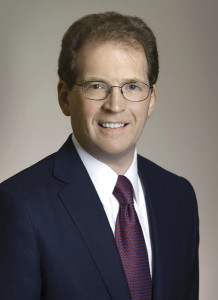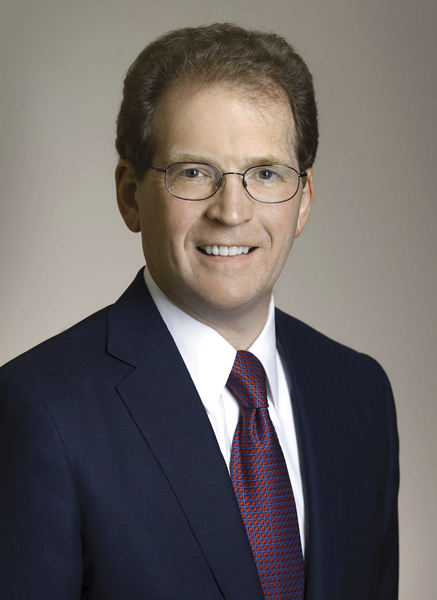Alexa Liautaud co-reported this article
Lloyd Minor, the former provost of Johns Hopkins University, officially assumed his new position as dean of the Stanford School of Medicine on Saturday, Dec. 1. Minor succeeds Philip Pizzo, who stepped down from the post he had held since April 2001.

Provost John Etchemendy Ph.D. ’82 announced Minor’s selection as the new School of Medicine dean in July following a nationwide search led by Sam Gambhir, chair of the Radiology Department. Upon the announcement of Pizzo’s successor, Gambhir called Minor “an exceptional physician leader with a strong and broad vision to propel forward the clinical, research, administrative and educational enterprise in exciting new ways.
“His ability to build consensus and bridge strengths across the entire medical school, Stanford Hospital & Clinics, Lucile Packard Children’s Hospital, the Palo Alto VA and the University will be key for the future excellence of our medical school,” Gambhir said in a press release at the time.
Minor left his post as provost of Johns Hopkins University at the beginning of September in order to begin his appointment at the Stanford School of Medicine. During his three-year term as provost, Minor oversaw the university’s nine schools as well as its institutes, interdisciplinary program and academic centers.
He previously served as chair of the Department of Otolaryngology-Head and Neck Surgery and otolaryngologist-in-chief at The Johns Hopkins Hospital. There, colleagues credited him with expanding annual research funding by more than 50 percent and clinical activity by more than 30 percent.
This fall, Minor worked closely with Pizzo in order to ensure a smooth transition.
Pizzo wrote his last newsletter as dean of the School of Medicine on Nov. 19, where he reflected on his tenure as dean and thanked the Stanford community.
“Of course the journey has had its debates, its ups and downs, its champions and detractors, its leaders and followers,” Pizzo said. “While I recognize that I have sometimes been a lightening rod for change, I have always tried to put the future of Stanford Medicine first and foremost.”
He also name-checked “Translating Discoveries,” a document developed by the School of Medicine during the first two years of Pizzo’s term as dean that would become its strategic master plan for the next decade.
The Stanford School of Medicine recently published a list of Pizzo’s top accomplishments, which included establishing a new curriculum for medical students, expanding the benefits available to postdoctoral scholars, creating five Stanford Institutes of Medicine and launching the Bioengineering Department in conjugation with the School of Engineering, making it the first University department operated by two schools.
According to a recent Stanford Medicine article, Pizzo began a 12-to-18-month sabbatical on Dec. 1. He will remain a professor of pediatrics, microbiology and immunology at Stanford. He expressed his faith in Minor’s ability to lead the School of Medicine to more improvements.
“We are not anywhere where I think we need to be, either in terms of our ability in what we are teaching our students, how we are practicing medicine, or the sense of compassion that patients feel when they are undergoing care,” Pizzo said. “The future is bright and exciting, but these are all works in progress.”
